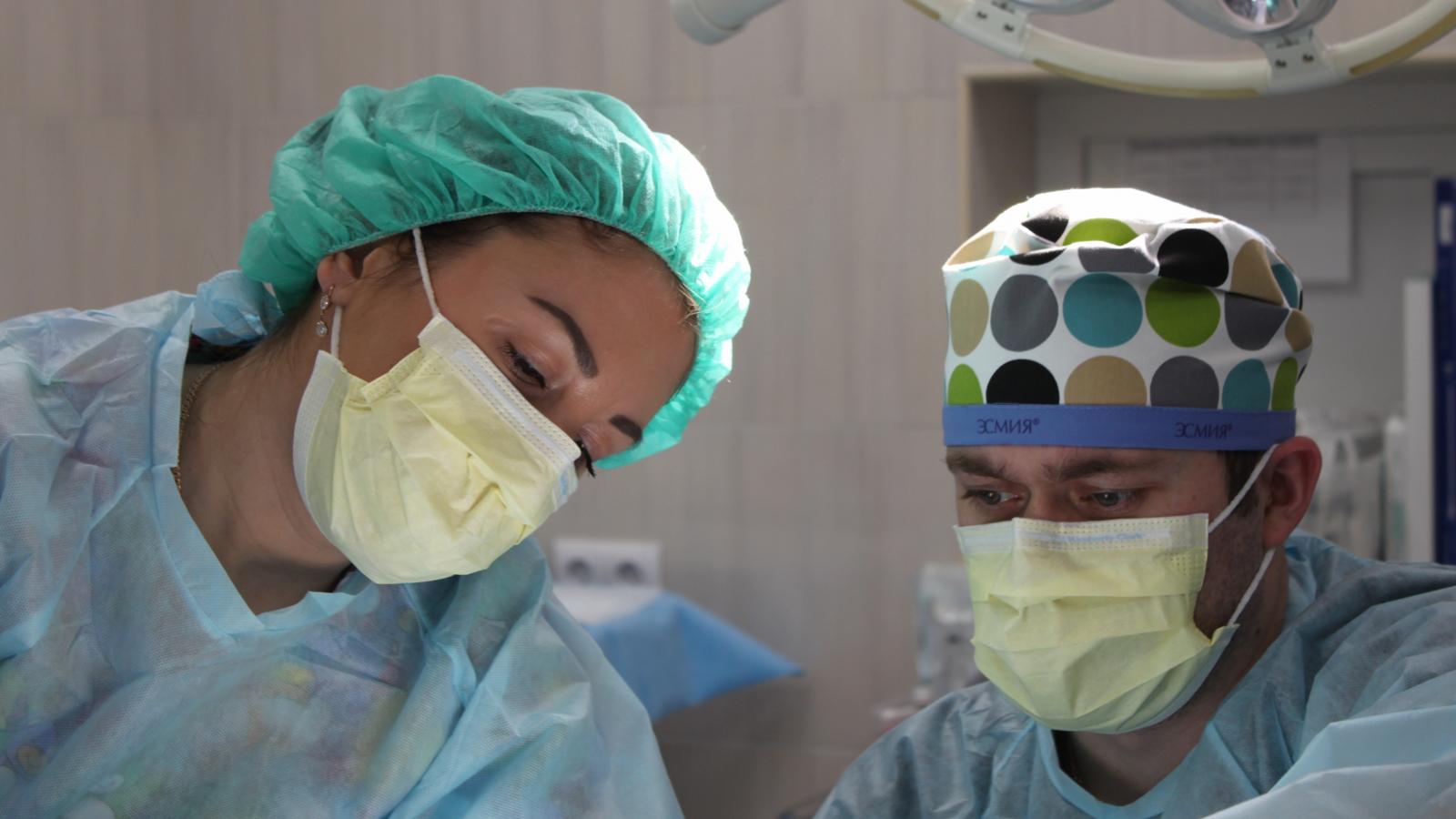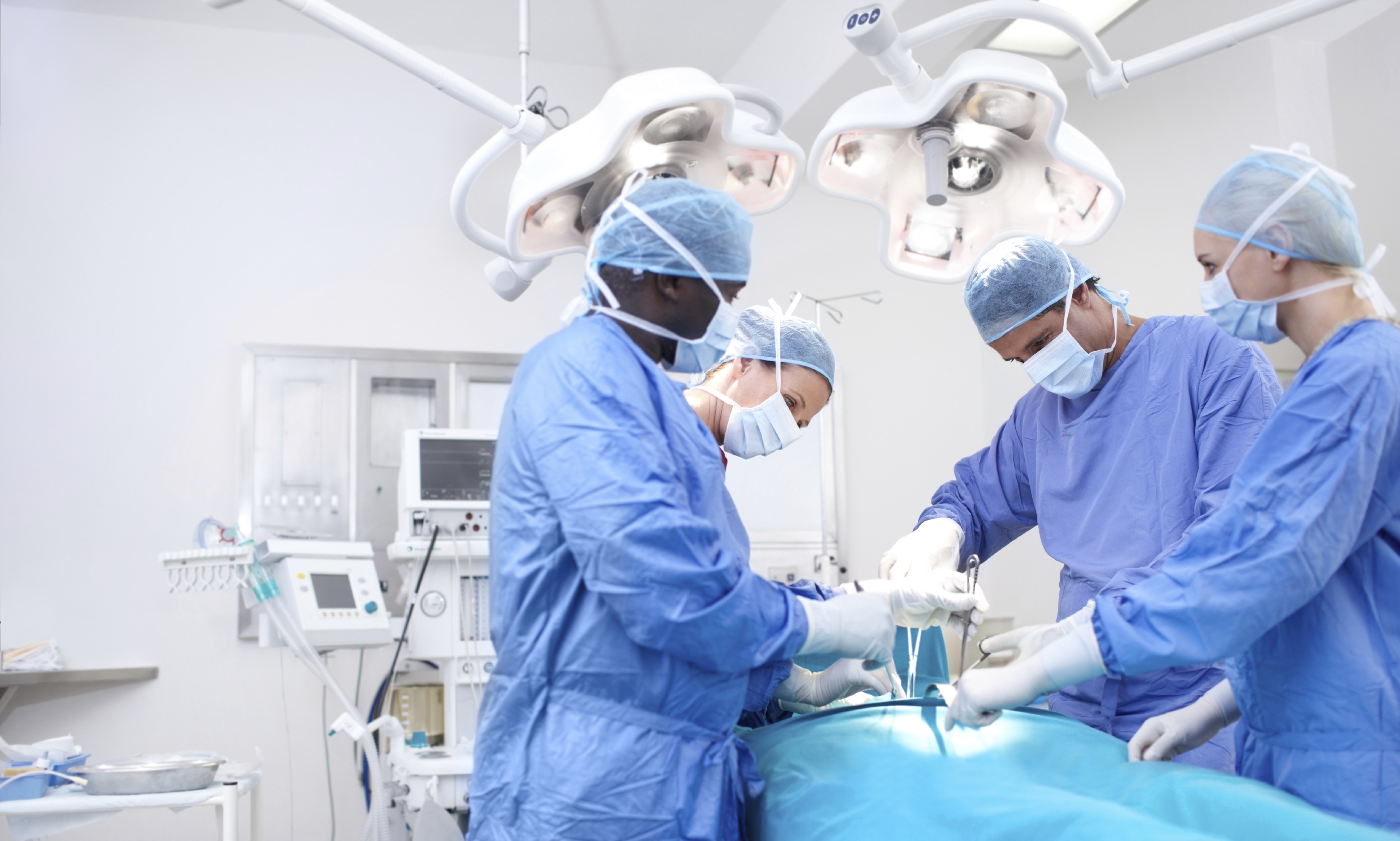How is lung cancer treated?

How is non-small cell lung cancer treated?
The best treatment for you will depend on:
- The type and size of your tumour
- Where it is in the lung
- If it has spread
- Your general health
You may have a combination of treatments.
Surgery
If the non-small cell lung cancer is found in one lung only – or in one lung with only lymph nodes close to the tumour involved – it may be possible to remove all the tumour by surgery. You may also have surgery to stage your cancer or to help manage your symptoms. Read more about surgery for lung cancer.
Systemic drug treatments
Systemic anti-cancer drug therapies are medications that spread throughout the body to treat cancer cells wherever they may be. They include chemotherapy, targeted drug therapy and immunotherapy. Systemic therapies are usually prescribed by a medical oncologist – a doctor who specialises in treating cancer with medication.
Chemotherapy
Chemotherapy involves the use of drugs to kill or control cancer cells. Your specialist doctor will prescribe your chemotherapy based on the type of NSCLC that you have.
Chemotherapy can be given before or after surgery. Sometimes it is given together with radiotherapy. This is called concurrent chemoradiation. Chemotherapy can also be used to control cancer symptoms Read more about chemotherapy.
Targeted therapies
These drugs target specific genetic mutations in cancers. Different targeted therapies work in different ways. The type used for lung cancer usually works by blocking the signals that tell cancer cells to grow and divide.
Tissue samples taken from your tumour are tested in a laboratory to see if your lung cancer will respond to a targeted therapy or therapies. The tests check for mutations (or abnormal changes) in specific genes. They also check to see if the cancer cell is making certain proteins.
While molecular testing is routinely performed to determine whether treatment with a targeted therapy is possible, targetable mutations are only detected in a minority of cases.
Most targeted drugs are given in tablet or capsule form. Read more about targeted therapies.
Immunotherapy
Our immune system is often not good at recognising or clearing cancer cells from our body. Sometimes cancer cells find a way to hide from the immune system, allowing cancer to develop or spread. Immunotherapy treatments can change special immune cells to help them attack the cancer directly. They can also change other parts of the immune system to make it more difficult for cancer cells to grow or spread.
Most immunotherapies are given intravenously (through a vein). You might have immunotherapy in combination with other treatments, such as targeted therapies or chemotherapy.
You might need to have tests to find out whether immunotherapy is likely to work for you. These tests look for changes in certain proteins, genes or chromosomes. For example, a test called the PDL-1 test can see if your cancer has a high amount of a protein called PDL-1, which plays a role in the body’s immune system. Cancers that have a high amount of PDL-1 might respond well to certain immunotherapy drugs.
Your doctor will tell you if there are immunotherapy treatments for your type of cancer.
Read more about immunotherapy.
Radiotherapy
Radiotherapy can be used on its own or with other therapies to treat NSCLC.
Radiotherapy uses high-energy rays to kill cancer cells. The aim of radiotherapy is to destroy the cancer cells with as little damage as possible to normal cells. Radiotherapy may be given:
• On its own, to try to cure early-stage lung cancer.
• Before surgery to try to kill the cancer cells, and make the tumour easier for the surgeon to remove.
• After surgery to destroy any cancer cells that may be left and to reduce the risk of cancer coming back. This is called adjuvant treatment.
• With chemotherapy to make the treatments work better. This is called concurrent chemoradiation.
• To reduce the risk of small cell lung cancer spreading to the brain. This is called prophylactic cranial irradiation.
• To control symptoms such as shortness of breath, bleeding and pain, when lung cancer has spread to other parts of the body (palliative radiotherapy).
Radiofrequency ablation (RFA) and microwave ablation (MWA)
These treatments use heat to treat very early stage lung cancers for people who can’t have surgery or don’t want to have surgery. They may also be used to relieve breathlessness if the tumour is blocking an airway. Read more about radiofrequency ablation (RFA) and microwave ablation (MWA)
Treating side-effects and symptoms
Possible side-effects and symptoms include:
- Blocked airway
- Shortness of breath (dyspnoea)
- Fluid on the lungs (pleural effusion)
- Cough
- Pain
- Fatigue
Read about these lung cancer symptoms and how they’re treated. Tell your medical team if you have these or any other side-effects or symptoms.
How is small cell lung cancer treated?
The best treatment for small cell lung cancer (SCLC) will depend on the stage the cancer is at – limited or extensive – and your general health.
Limited-stage SCLC
Chemotherapy with radiotherapy is the main treatment
Extensive-stage SCLC
Chemotherapy is the main treatment for cancer that has spread outside your lung.
Chemotherapy
Chemotherapy with radiotherapy is the main treatment for limited disease small cell lung cancer.
Chemotherapy alone is the main treatment for extensive small cell lung cancer – where the cancer has spread outside your lung. The treatment aims to control the cancer and help with symptoms.
Radiotherapy
External beam radiotherapy uses high-energy rays to kill cancer cells. Stereotactic radiotherapy is a more precise way of giving radiotherapy.
Radiotherapy may also be used to relieve symptoms such as pain or to shrink tumours that have spread to other parts of your body, such as your brain or bones. Sometimes, if you have responded very well to chemotherapy, radiotherapy is used to reduce the risk of the cancer spreading to your brain. This is called prophylactic cranial irradiation. Radiotherapy is used for the brain because most chemotherapy drugs cannot easily pass into the brain due to the brain’s natural protective barrier, called the blood-brain barrier.
Read more about radiotherapy.
Treating metastatic cancer
If the cancer spreads to another part of your body, it is called metastatic, secondary or advanced cancer. If it has spread, it can still be treated.
Treatment is usually to try to control the cancer rather than to cure it. There is a range of treatment options for most advanced cancers and new treatments are being developed all the time.
Often metastatic cancer is treated with chemotherapy, immunotherapy or targeted therapies. There may also be treatments available as part of a clinical trial.
For more information
Phone
1800 200 700





